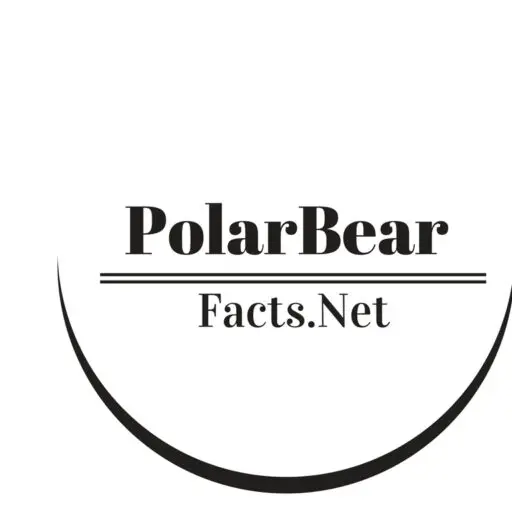No wonder polar bears appear white for the most part of the year.–except for warmer months when the polar bear’s coat shows
MorePolar bears and penguins live on the opposite poles but under similar environmental conditions. It explains a lot about the evolutionary developments
MorePolar bear (Ursus maritimus) and grizzly bear (Ursos arctos) are not only the largest terrestrial carnivorans, they are close cousins too. Polar
MoreScientists weren’t able to explain history of polar bear’s teeth until in 2004 when they discovered 130,000 – 110,000-year-old polar bear jaw
MorePolar bears have a range of vocalizations but they are no noisy animals. Icy bears remain quiet and live solitary lives most
MorePolar bears (Ursus maritimus) are the most powerful terrestrial carnivores in the Arctic Ocean. In this article we are going to tell
MorePeople often wonder if the polar bear’s fur is white then its skin is probably white too. That is not quite true.
MoreThe polar bear reproduction likely occurs in days when the seals are abundant. They will reproduce in March or mid-April to May.
MorePolar bears (Ursus maritimus) are apex predators as their super strength puts them at the top of the food chain. They are
MoreThe typical range of an average temperature in polar bears is around 36.5 – 38.8 °C (97.7 – 101.8 °F). They are
More

